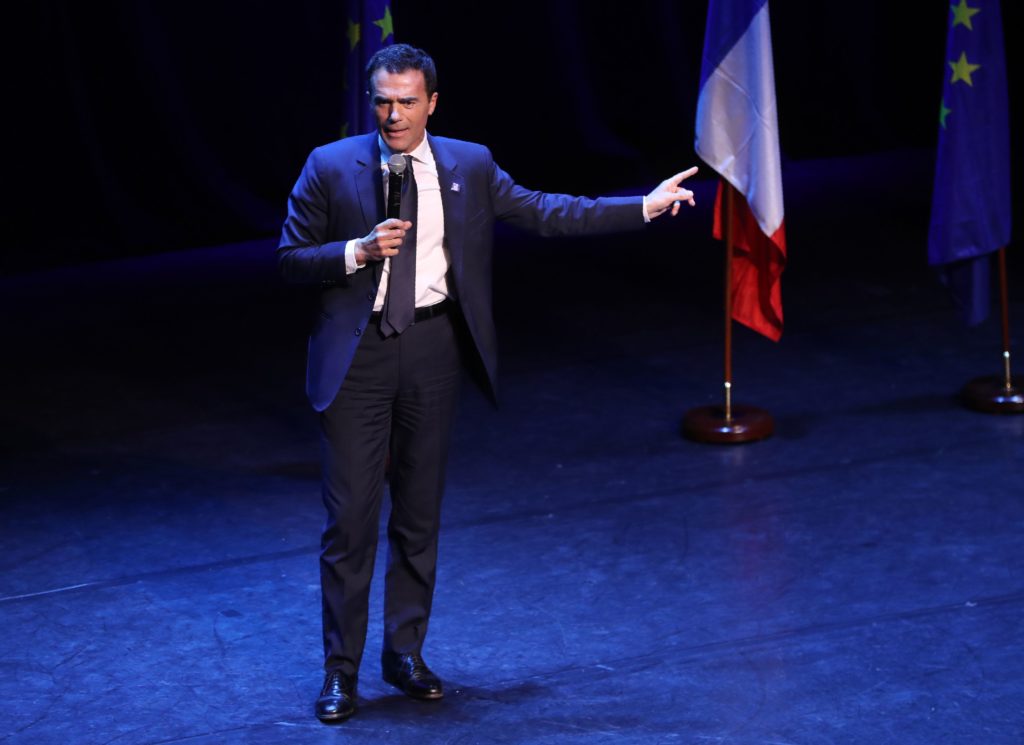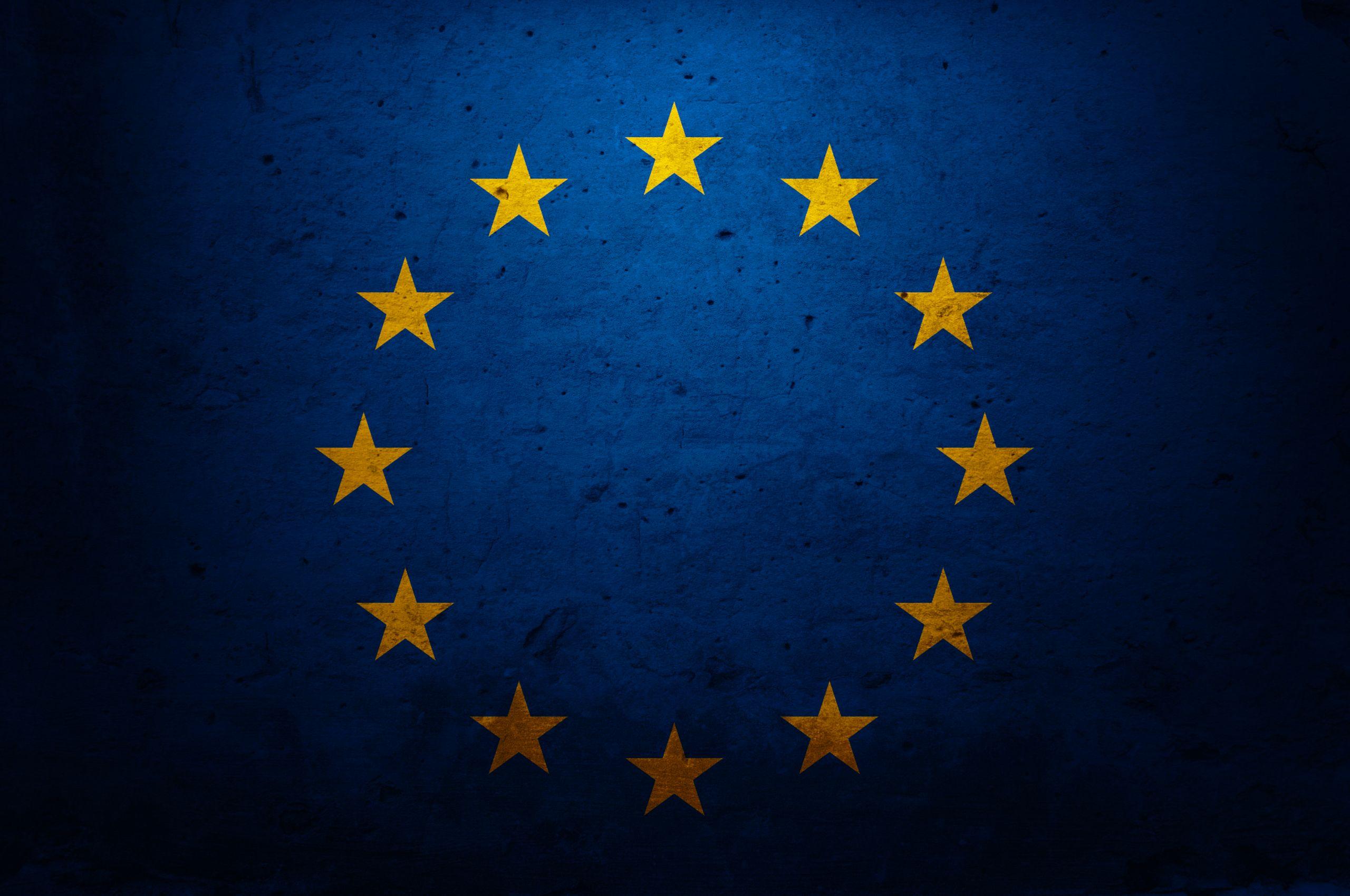ROME — For the climate-conscious leader of Italy’s center-left Democrats, an electric bus tour must have seemed like the perfect gimmick with which to close last month’s election campaign.
Sadly for Enrico Letta, the battery ran out on the way to a rally, near Turin.
He tried to brush the mishap aside, claiming it showed how badly in need of improvement Italy’s electric vehicle infrastructure was.
But for critics, the stunt’s flop was the perfect metaphor for a campaign that was ill-conceived and lacking in energy and direction.
In elections on September 25, the center-left alliance, which included the Democrats, the Greens and the Italian Left parties, came in with 26 percent of the vote, 18 points behind the triumphant right-wing coalition led by Giorgia Meloni.
The Democrats’ defeat has led to recriminations and soul-searching, forcing Letta to announce he would step down. Some senior figures even called for the party to be disbanded. According to one of the party’s founding members, Rosy Bindi: “The time has come to dissolve.”
The defeat for Letta — who had previously served as prime minister in 2013-14 — also marked a blow for the EU. He campaigned for a pro-European agenda while backing the outgoing premier Mario Draghi’s economic reforms. As the EU grapples with the urgent challenges of an energy crisis and war in Ukraine, the rejection of moderate, collaborative, pro-European politics in Italy has triggered deep concerns in Brussels and beyond.
The most obvious cause of their defeat was that the left was divided. As leader, Letta had attempted to build an alliance with the anti-establishment 5Star Movement, but when Draghi’s grand coalition collapsed in July, Letta held them responsible. Another agreement with centrists Azione, exploded within days, after the Democrats signed a deal with the far left.
The right, meanwhile, had struck an agreement to divide up all those parliamentary seats allocated by a first-past-the-post system, gaining a huge advantage by running as one unified bloc, against a split vote on the left.
During a 10-hour dissection of election mistakes, Letta said he had “worked hard to build a wide field [on the left] and this was the only way to defeat the united right.” This method had worked in 2006, he said. “This time we didn’t manage it because we had actors who did not want to be together.”
For Angelo Bonelli of the Greens the campaign was “an assisted suicide.” In a radio interview, he said: “If a wide-ranging alliance had been created including the 5Stars, we would not have Giorgia Meloni in government.”
While on paper such an alliance would have had almost 50 percent of the vote, there is no guarantee that people would have voted in an identical way for a united left, said Francesco Clementi, professor in the political science department at Rome’s La Sapienza University.
And a significant amount of blame has inevitably fallen on the parties’ campaigns, particularly on the Democrats. While 5Stars successfully pegged themselves as the party of the poor and the south, the Democrats ran an overwhelmingly negative campaign, offering themselves as the only alternative to prevent a far-right government. “The choice is clear, it’s us or Meloni,” Letta said more than once. Their manifesto even referred to her by name.
This approach actually backfired, MEP Sandro Gozi, a former minister in Letta’s government, told POLITICO. “The election campaign was a complete disaster. By painting the election as a polarized choice, he actually legitimized her.”
MEP Sandro Gozi said that by painting the election as a polarized choice, Letta legitimized Meloni | Jacques Demarthon/AFP via Getty Images
Having conceived the campaign as a shoot-out against Meloni, Letta was forced to compete on personal charisma. But in a two-way debate, Letta — a bookish university professor — came across as out-of-touch, compared to the working-class authenticity of Meloni. “He’s ultra-competent and did a good job as a minister, but he is not made for campaigns,” said Gozi.
The Democrats prioritized minority issues such as LGBTQ+ discrimination and citizenship for the children of migrants. These were mocked by the right as “ZTL issues,” a reference to metropolitan elites who live inside traffic-restricted zones. This was at the expense of the issues that most concerned their former working-class base: the soaring cost of living and wages that have remained stagnant for two decades.
The Democrats had progressively been transforming into the party of the establishment over decades, but when the leader of the dominant trade union CGIL refused to endorse them before the election, it “was a sign that something had definitively broken,” said Clementi.
Elly Schlein, the rising star of the left, and deputy president of the Emilia-Romagna region, told POLITICO that the left had “become distant” from its former working-class constituency. She said: “We need to put issues such as the right to a house, right to work, opportunities for the young so they don’t have to go abroad at the center, to rebuild trust with those we want to represent.”
Despite failing to get their message to the working class, the Democrats also alienated some wealthier voters, by suggesting an inheritance tax, to pay for a €10,000 grant for disadvantaged 18-year-olds. The tax was only for the super-rich but allowed the right to paint them as the party that raises taxes.
“Whether a voter was a factory worker or a rich person, they did not understand whether the [Democrats] would defend them or not,” said Clementi.
So where does the left go from here? Despite calls to scrap the party altogether, the Democrats seem set on regenerating instead, in opposition. Disbanding would effectively split the party between centrists and the radical left, creating a three-faction political system and making it even harder to form a stable government in Italy, said Clementi.
The Democrats’ challenge is to rebuild dialogue with the country, particularly with women and the young. For Letta this means reaching “those who are not managing” and putting climate change and social issues at the center.
Some predict a Schlein leadership as a means of better reaching and representing women. But as she is no longer a member of the Democrats, and her policies speak mostly to the left side of the party, she could be divisive.
Another possible leader is the president of the same Emilia-Romagna region, Stefano Bonnacini. He started out in the post-communist Democratic Party of the Left (PDS), but is now considered a reformist and could appeal to both wings of the party.
As long as the electoral law remains the same, alliances will be necessary. Letta has called for a united opposition, but having criticized the 5Stars’ exit from the Draghi government, he is one of the main obstacles.
When Letta officially leaves in the spring, after a congress to elect a new leader, working with the 5Stars may become more plausible. But the continuing rivalry between the parties on the left risks thwarting their collective interests. Divided they fell, and will likely fall again.



